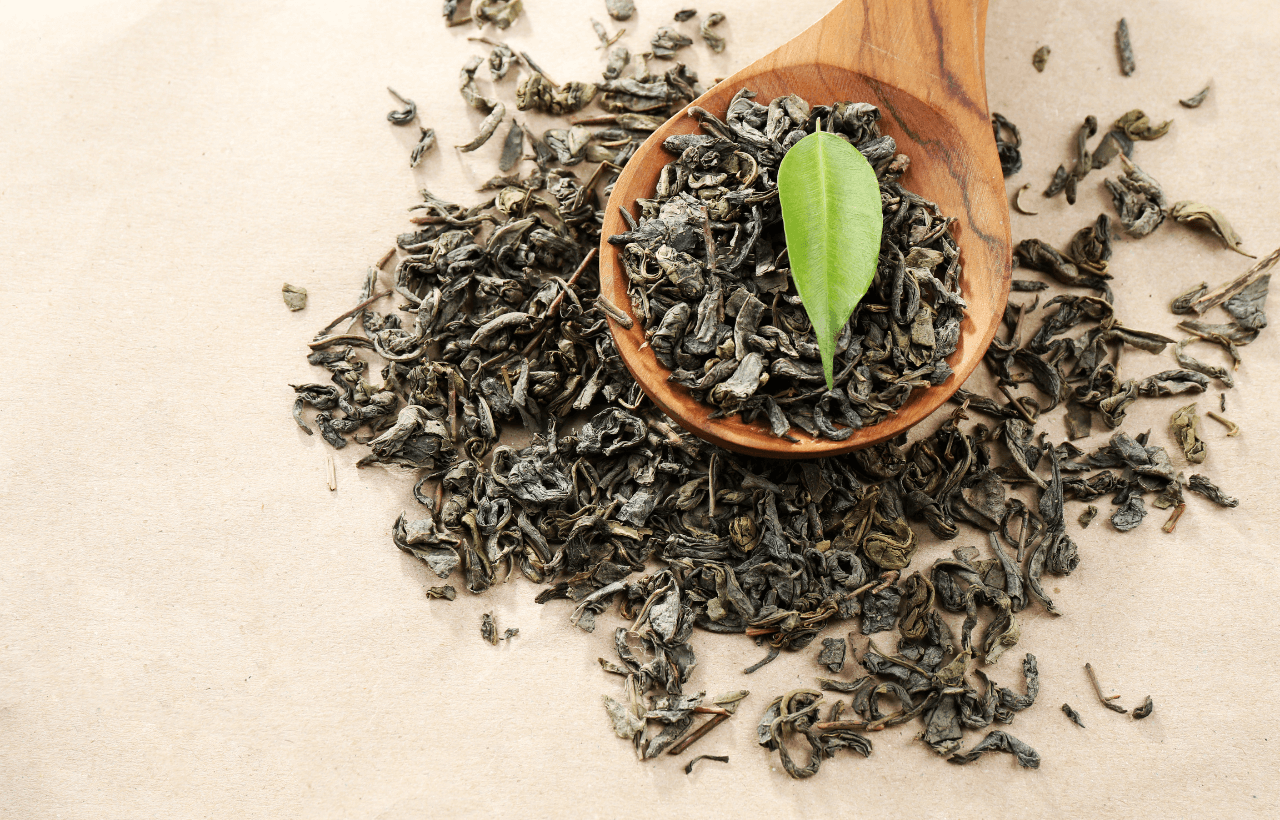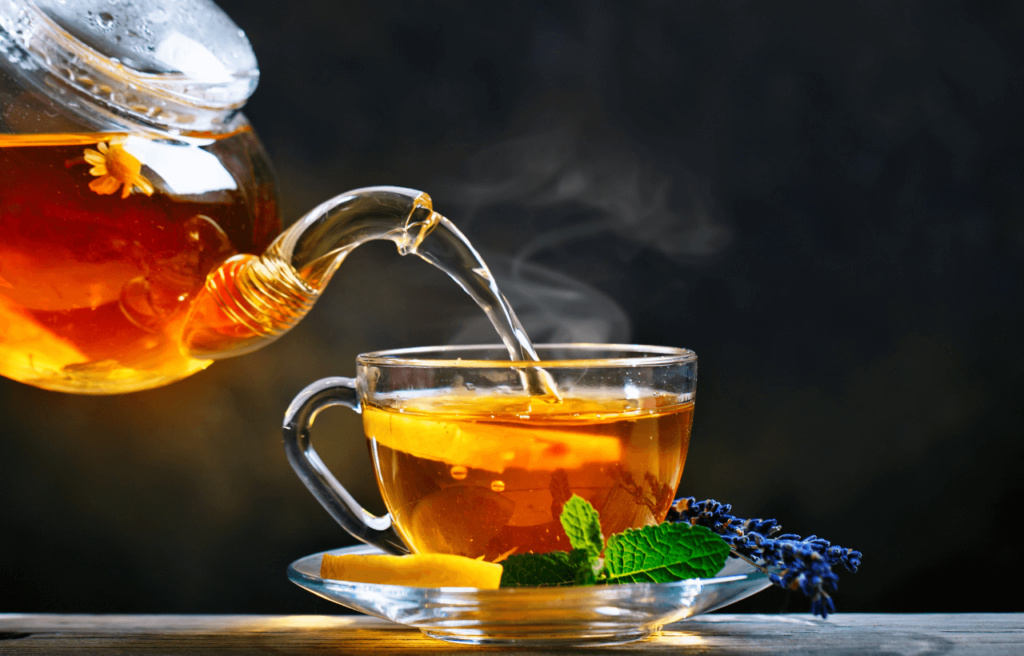Illam Tea

Nepali tea, derived from the Camellia sinensis plant in Nepal’s high-altitude regions, captivates with its distinct appearance, aroma, and flavor. While sharing geographic traits with Darjeeling tea, it stands out due to its limited production, adding to its exclusivity. This rarity enhances its appeal as a premium choice among tea aficionados.Known for its unique character and refined taste, Nepali tea offers a sensory experience shaped by its mountainous terroir and traditional processing techniques. Similar to Darjeeling tea in its floral and muscatel notes, Nepali tea’s scarcity and distinct qualities underscore its significance in the realm of fine teas.In essence, Nepali tea represents a blend of natural beauty and artisanal expertise, reflecting Nepal’s rich tea heritage. Its journey from cultivation in the Himalayan foothills to infusion in teacups worldwide highlights its status as a prized discovery for tea lovers seeking exceptional quality and rare flavors.
Tea cultivation flourishes in hilly areas and high altitudes, which are perfect for producing top-quality tea. In Nepal, the eastern mountainous regions, at elevations between 3,000 and 7,000 feet, host most of the orthodox tea crops. The six districts of Ilam, Dhankuta, Kaski, Terhathum, Sindhulpalchok, and Panchthar are known for their tea production. These regions feature a mix of medium-to-large tea estates and numerous smallholder farmers. Once mature, tea plants can be harvested four to five times a year, with each harvest known as a flush.

Nepali tea is available in two primary types: Orthodox tea and Crush, Tear, Curl (CTC) tea.
Orthodox Tea: The Artisanal Choice
Orthodox tea is known for its four distinct flushes:
1. First Flush: Occurring from late March to the end of April, this flush produces tender leaves that yield a light yellowish-green liquor with a delicate taste and subtle aroma. Due to its limited quantity and high demand, this flush is the most expensive.
2. Second Flush: From mid-May to late July, this flush produces stronger leaves that highlight the main characteristics of Nepali tea. Many experts believe this flush yields the best tea.
3. Monsoon Flush: Known as "Rainy Tea," this flush starts in late July and continues until the end of September. Continuous rainfall results in an intense and dark infusion, creating a full-bodied tea that is highly recommended.
4.Autumn Flush: Running from October to the end of November, this flush offers a distinctive combination of musky flavors, tangy aromas, and amber liquor, making for a uniquely flavorful tea.
CTC Tea: The Everyday Favorite
Nepali CTC tea also follows four distinct flushes: First, Second, Monsoon, and Autumn. Unlike orthodox tea, CTC tea maintains a consistent quality throughout the year, typically featuring a strong color and subtle aroma after infusion. The flushes of CTC tea do not align exactly with those of orthodox tea due to the differing local growing conditions


